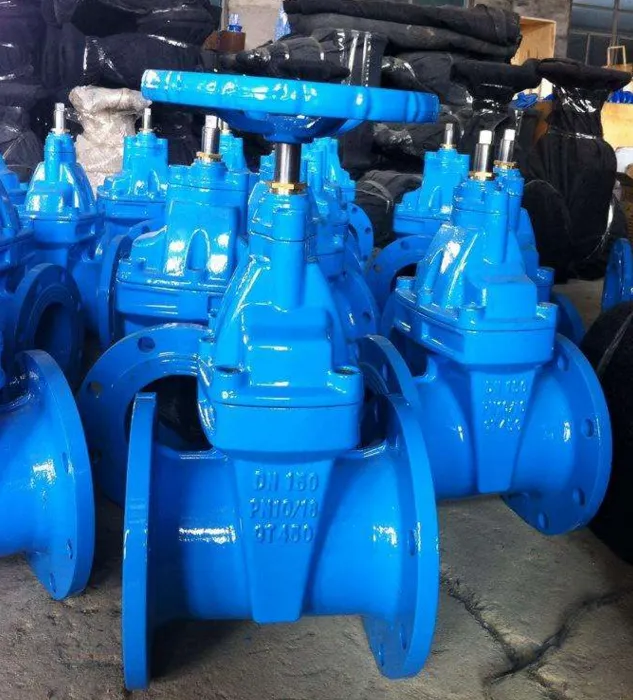Jan . 29, 2025 05:43 Back to list
Butterfly Valves
A butterfly valve is a quarter-turn rotational motion valve that is used to stop, regulate, and start fluid flow. Simple, robust, and incredibly efficient, butterfly valves have been favored in various industries, including oil and gas, water treatment, and chemical processing. This article explores various types of butterfly valves, emphasizing their application, advantages, and selecting the right type for specific needs.
Selecting the Appropriate Butterfly Valve Type The selection of the appropriate butterfly valve type primarily depends on its intended environment, pressure ratings, temperature variances, and fluid characteristics. Industries must consider the valve's fluid compatibility, required lifespan, installation space, weight, and budget constraints. Expertise from a trained engineer can ensure the correct choice, balancing functionality and cost. Innovative Trends in Butterfly Valve Design Modern advancements in materials science have revolutionized butterfly valve designs, enhancing durability and performance. The integration of corrosion-resistant materials and improved seal technologies has allowed butterfly valves to be more versatile and reliable in challenging applications. Additionally, the rise of smart technology enables remote monitoring and control, offering greater process automation and efficiency. Conclusion Understanding the diverse types of butterfly valves aids in selecting the right valve for specific industrial applications. While wafer valves offer simplicity and cost-effectiveness in low-pressure settings, triple offset valves warrant high-cost solutions with unmatched sealing capabilities in extreme conditions. As technology evolves, so do the materials and designs of butterfly valves, bringing expansive possibilities to their application repertoire. Overall, a comprehensive appreciation of butterfly valve types and their applicability fosters better decision-making and leads to enhanced system performance and longevity.


Selecting the Appropriate Butterfly Valve Type The selection of the appropriate butterfly valve type primarily depends on its intended environment, pressure ratings, temperature variances, and fluid characteristics. Industries must consider the valve's fluid compatibility, required lifespan, installation space, weight, and budget constraints. Expertise from a trained engineer can ensure the correct choice, balancing functionality and cost. Innovative Trends in Butterfly Valve Design Modern advancements in materials science have revolutionized butterfly valve designs, enhancing durability and performance. The integration of corrosion-resistant materials and improved seal technologies has allowed butterfly valves to be more versatile and reliable in challenging applications. Additionally, the rise of smart technology enables remote monitoring and control, offering greater process automation and efficiency. Conclusion Understanding the diverse types of butterfly valves aids in selecting the right valve for specific industrial applications. While wafer valves offer simplicity and cost-effectiveness in low-pressure settings, triple offset valves warrant high-cost solutions with unmatched sealing capabilities in extreme conditions. As technology evolves, so do the materials and designs of butterfly valves, bringing expansive possibilities to their application repertoire. Overall, a comprehensive appreciation of butterfly valve types and their applicability fosters better decision-making and leads to enhanced system performance and longevity.
Next:
Latest news
-
Why Metric Trapezoidal Thread is Ideal for Precision Motion ControlNewsAug.05,2025
-
The Unique Properties of a Block of Granite for Industrial UseNewsAug.05,2025
-
The Role of Flanged Y Strainers in Preventing Pipeline ClogsNewsAug.05,2025
-
The Importance of Regular Calibration for Master Ring GagesNewsAug.05,2025
-
How a Cast Iron Surface Table Enhances Accuracy in ManufacturingNewsAug.05,2025
-
Comparing Different Check Valve Types for Optimal Flow ControlNewsAug.05,2025
Related PRODUCTS









